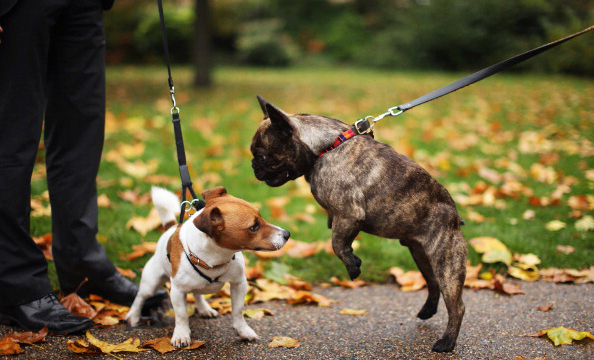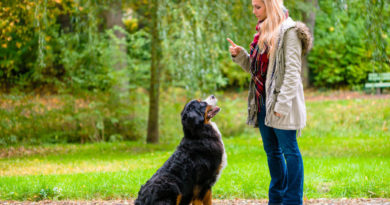How To Train a Leash Reactive Dog
Leash reactive dogs can be a frustrating and stressful situation for both the owner and the dog. However, with patience and consistent training, it is possible to manage and improve this behavior.
Here are some tips for dealing with leash reactive dogs:
1- Identify triggers
The first step in addressing leash reactive behavior is to identify what triggers your dog’s reaction. This can include other dogs, people, certain sounds or sights, or even certain types of leashes or collars.
Once you know what triggers your dog’s reaction, you can take steps to avoid or minimize exposure to those triggers.
2- Use positive reinforcement training
Positive reinforcement training can be an effective way to teach your dog alternative behaviors and to reinforce desired behaviors.
This can include rewarding your dog with treats or praise for calm, non-reactive behavior on the leash, and gradually increasing the difficulty of the training over time.
For more details, check the following article on The Benefits of Using Positive Reinforcement in Dog Training.
3- Create distance
If your dog is reactive to other dogs or people, creating distance can help to reduce their arousal and prevent them from reacting. This can include crossing the street or changing your route to avoid coming into close proximity with the trigger.
4- Use a head halter or body harness
Using a head halter or body harness can help you to have more control over your dog’s head and body, allowing you to redirect their attention away from the trigger and toward you. This can be particularly useful in high-arousal situations.
5- Seek professional help
If you are unable to manage your dog’s leash reactivity on your own, seeking the help of a professional trainer or behaviorist can be beneficial. They can provide you with personalized advice and guidance on how to address your dog’s specific needs and behaviors.
In conclusion, leash reactivity in dogs can be a challenging behavior to manage, but with patience and consistent training, it is possible to improve.
By identifying triggers, using positive reinforcement training, creating distance, and using a head halter or body harness, you can help your dog to become more relaxed and well-behaved on the leash.
If necessary, seeking the help of a professional can provide additional support and guidance.
For more details, check our article about Reactive Dog Training.



